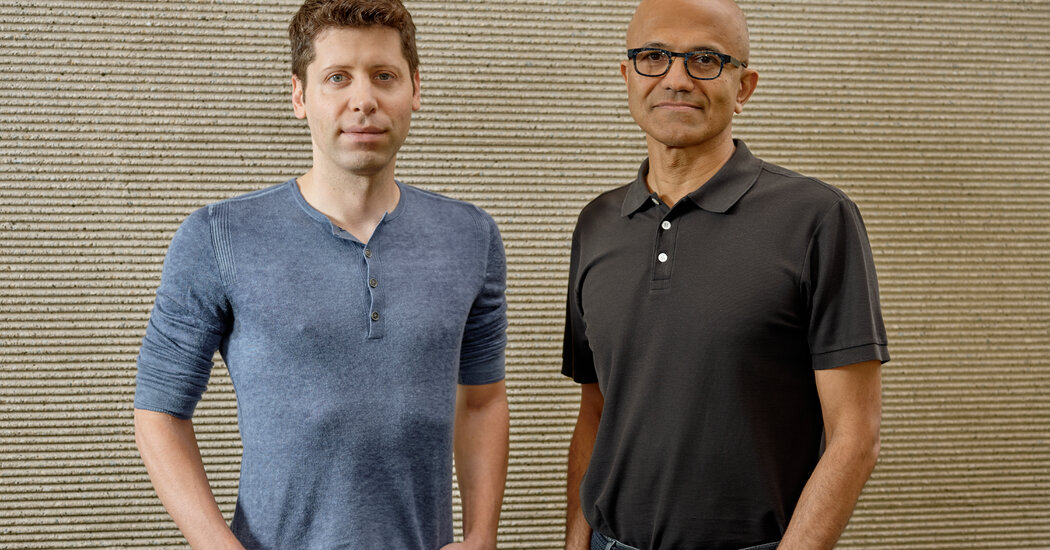OpenAI is led by Sam Altman, who rose to prominence in Silicon Valley as the head of start-up builder Y Combinator. Mr. Altman, 37, and his co-founders created OpenAI in 2015 as a non-profit organization. But he quickly turned the venture into a for-profit company that could more aggressively pursue financing.
A year later, Microsoft invested $1 billion in the company and committed to building the supercomputing technologies OpenAI’s massive models would require, while also becoming the “partner of choice for commercializing” its technologies. OpenAI later officially licensed its technologies to Microsoft, allowing the company to add them directly to Microsoft products and services.
With support from Microsoft, OpenAI built a landmark technology called GPT-3. Known as a “big language model,” it can generate text of its own, including tweets, blog posts, news articles, and even computer code.
Inconvenient to use, it was mainly a tool for companies and engineers. But a year later, OpenAI started work on DALL-E, which allowed anyone to generate realistic images simply by describing what they wanted to see. Microsoft incorporated GPT-3, DALL-E, and similar technologies into its own products.
GitHub, a popular online service for programmers owned by Microsoft, began offering a programming tool called Copilot. As programmers built smartphone apps and other software, Copilot suggested the next line of code as they typed, much like auto-complete tools suggest the next word as you type texts or emails.
For many, it was a “stunning moment” that showed what is possible, Mr. Boyd from Microsoft.
Then, late last year, OpenAI unveiled ChatGPT. More than a million people tested the chatbot online during the first few days. It answered trivia questions, explained ideas, and generated everything from school papers to pop song lyrics.

